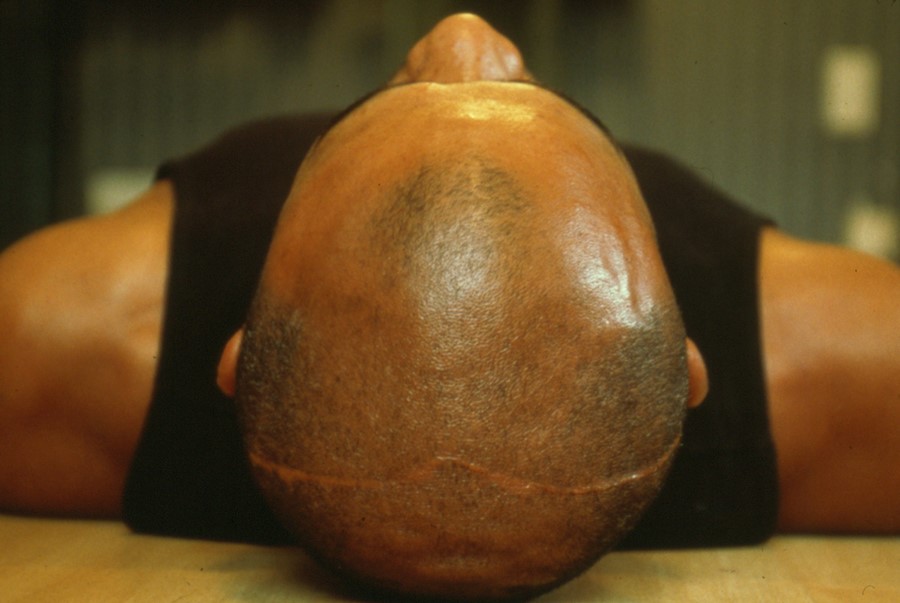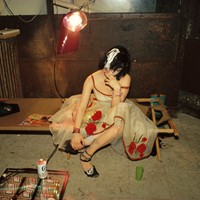As the Tate Modern launches the UK’s most significant exhibition of the artist and filmmaker’s works in two decades, McQueen gives us rare insight into his process
“I don’t know what the truth is. I just want to be naked and things to be raw.” Those were the words of artist and filmmaker Steve McQueen as he spoke to Dazed in the middle of the Tate Modern’s Restaurant as his survey – the first UK survey in 20 years – got underway beneath us.
As many looked to get their first glimpse of the exhibition, which features 14 of McQueen’s major artworks spanning film, photography, and sculpture, the artist made it clear what it is that is important to him. “I don’t want things to be hidden. As an artist, when something presents itself and occurs you want to give it a platform whatever that is and let the chips fall where they may,” he says. “And also it's not about people agreeing. I’m not here to be liked – never have.”
McQueen’s no-nonsense approach to all forms of art, and uncompromising ability to bring things to the surface has taken him to explicably new heights since his first survey and Turner Prize win in 1999. The award-winning artist and director has continued to create powerful works which forces us to look a little while longer and surrender to the imagery – no matter how uncomfortable it is – that sits before us.
Whether it’s watching Solomon Northup tip-toeing while hanging from a tree as he desperately chokes for breath in 12 Years A Slave, or McQueen’s finger threatenly intruding on Charlotte Rampling’s eye in Charlotte – McQueen creates a deep sensory experience which makes us feel.
Below, McQueen talks us through five of his works featured in the exhibition, providing an insight into how these moments came to be.
EXODUS
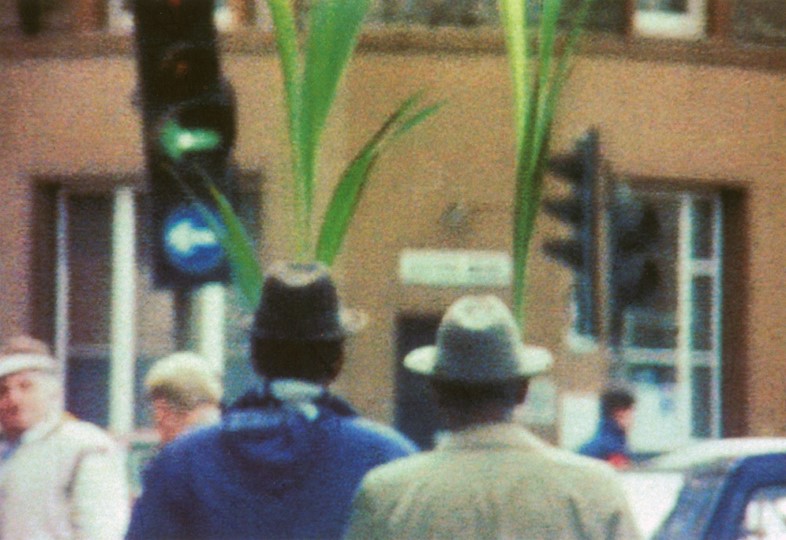
As one of the works which predate McQueens Turner Prize, “Exodus” provides a look into the artist’s early work as he captures two black men moving through busy east London streets in a supersaturated Super 8mm film. “I was just a student, a young person open to everything,” says McQueen.
Just over one minute long, the film which follows the two men dressed in overcoats and formal hats and carrying two towering palm trees was taken on a whim as a 22-year-old McQueen instinctively began to film the duo. “It was obvious to me that they were lovers, that they were partners,” he says. “I loved that they had these palm trees they were carrying through the crowd with trilby hats and getting on a bus to Wood Green."
For McQueen, the footage, which shows the camera pan back and forth across the London streets was a moment of pure spontaneity. “It came out of nowhere. It was magic, it was the power of love, this precession of love.”
GIRLS, TRICKY
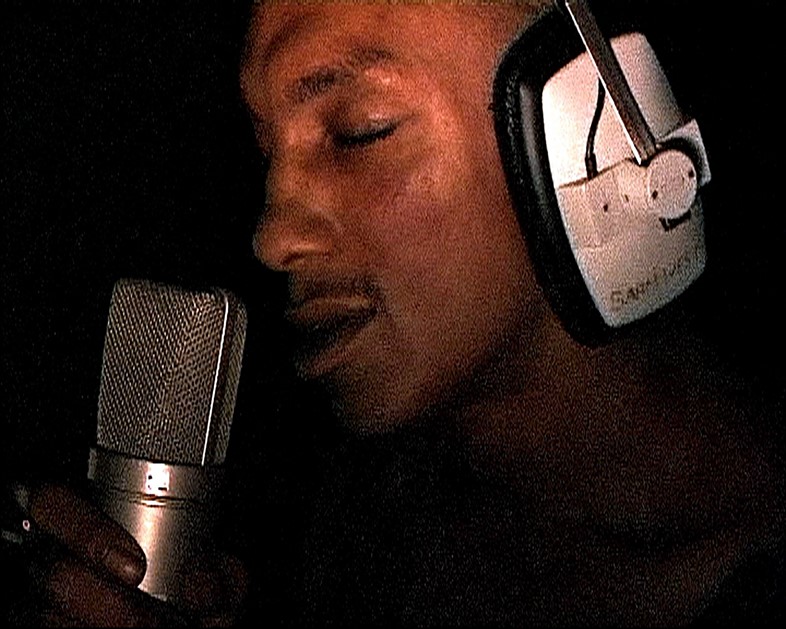
McQueen and Tricky first became acquainted during an interview for SHOWstudio. “I got introduced to him, did an interview with him, and we got on," he recalls. “He was in New York and we hung out and that was it really.” This union resulted in “Girls, Tricky”: a large scale 14-minute and 47-second film which shows the British trip-hop musician rehearsing one of his most memorable tracks, “Girls”.
In a dimly-lit recording studio, McQueen gets up close and personal with the Bristolian musician, as Tricky erupts into a frenzied and highly charged performance of “Girls”. Being in such close proximity with Tricky, with his creative intensity building as the minutes go on, McQueen says he gained a real understanding of Tricky’s “focus, and his intensity.”
“He needs to get out of control to gain kind of control,” says McQueen. “To gain control one has to lose control.”
CARIBS’ LEAP
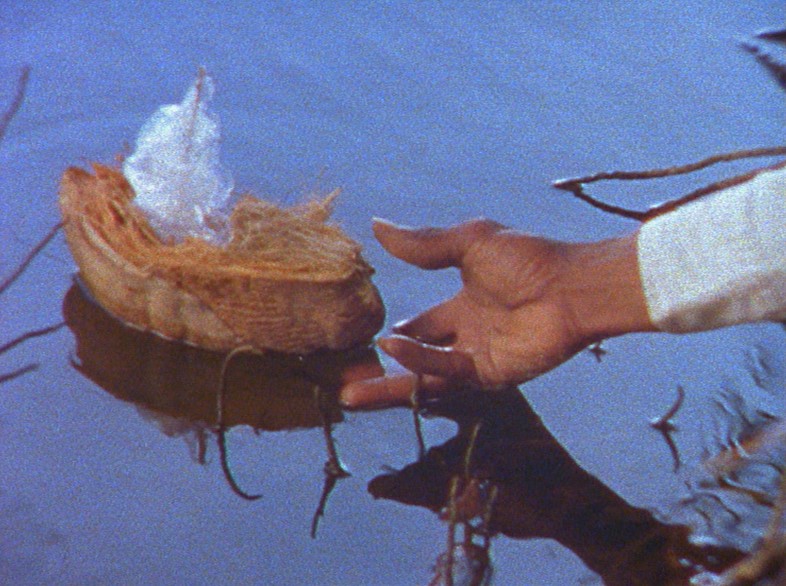
In the early 2000s, McQueen ventured to his father’s birthplace, Grenada, where he created two particularly poignant films, “Caribs' Leap” and “Ashes”.
“Caribs' Leap” sees McQueen assess post-colonial life in the Caribbean island with a nod to its dark history – a history which has always intrigued him. “I had a little bit of understanding of my heritage, but I also did a little research," he explains. “I was so interested in the West Indies – it's been repopulated about three or four times – it's kind of incredible. It's almost the centre of the world: the new world and the old world and it was the land where three continents came together.”
Composed largely of long shots and intermittently zooming in, “Caribs’ Leap” is a two-part video with one screen observing island life captured in documentary mode and projected on the exterior of the Tate Modern in a giant seven metre screen. Another screen within the gallery shows a projection of figures slowly falling through the air which serves as a reference to an incident in 1651 when french military forced caribs onto a cliff with many choosing to jump to their deaths rather than be captured.
At the time of filming, McQueen, who is of West Indian heritage, was tugged by the emotion that many second generation Caribbeans feel of both familiarity to their home islands but an otherness to it too. “My home is London, I'm from Britain but it's (Grenada) part of me for sure,” he says. “Some of it is unfamiliar to me of course because I grew up here. I'm born here so it's one of those experiences that are recognisable in some aspects and some aspects are sort of unfamiliar but they're much to you.”
ASHES
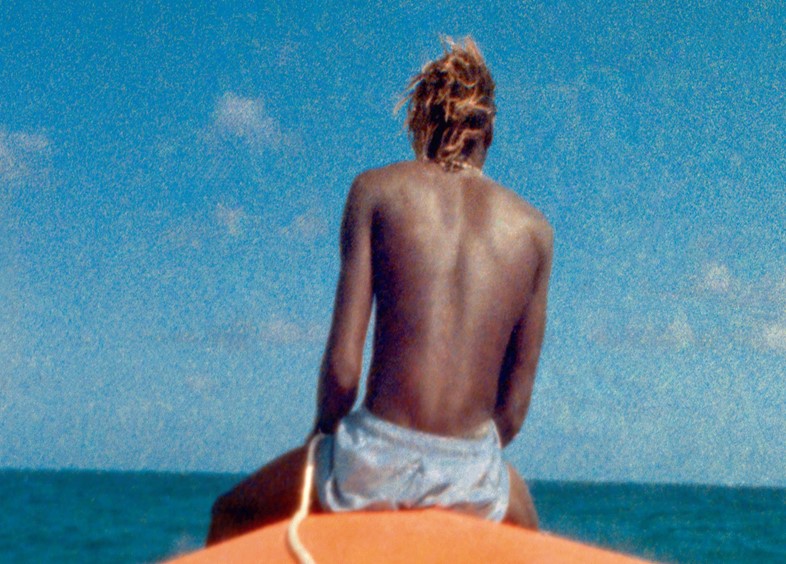
While in Grenada and filming “Caribs’ Leap”, McQueen encountered Ashes – an enigmatic young fisherman who drew McQueen’s attention resulting in a desire to shoot him in what he describes an “innate instinct.” “It's strange, I don't know it felt similar to “Exodus” in a way – I just knew," he says. “I saw him (Ashes) and I thought you know what Robby (Müller) let’s get him out on a boat and let’s shoot him. I don't know why.”
This footage is included in a two side projection, with one side of a suspended screen showing Ashes on the prow of the boat, glistening underneath the Grenadian sun as we see the young man in his element. “I didn't know at the time, two months after we shot him, that’s when he was killed,” he continues. “So what you’re watching in the gallery is this person two months before his death.”
While the beauty of life is projected on one side of the screen, the other shows the reality of Ashes short-lived life, as the story of his death is recounted while simultaneously showing the making of a tombstone after he was buried in an unmarked grave. “He (Ashes) was buried in a pauper’s grave because he was not affiliated with the church,” reveals McQueen.
“His grave was an amount of dirt. Within a generation or two, people would’ve forgotten him and I wanted him to be remembered for at least a few more decades before the grave deteriorates. I wanted to erect someone’s memory for a little while longer – that’s the least I could do.”
“Ashes” is a poignant reminder of the fragility of life and particularly of young black males, as he was brutally murdered at the hands of drug dealers. “These unnecessary deaths are through opportunity – what doors are left open and what doors are left closed,” says McQueen. “So that’s the reality of it right now and it’s about getting certain doors open so there’s different avenues people go down and not giving them limited amount of opportunity. It’s got to stop.”
CHARLOTTE
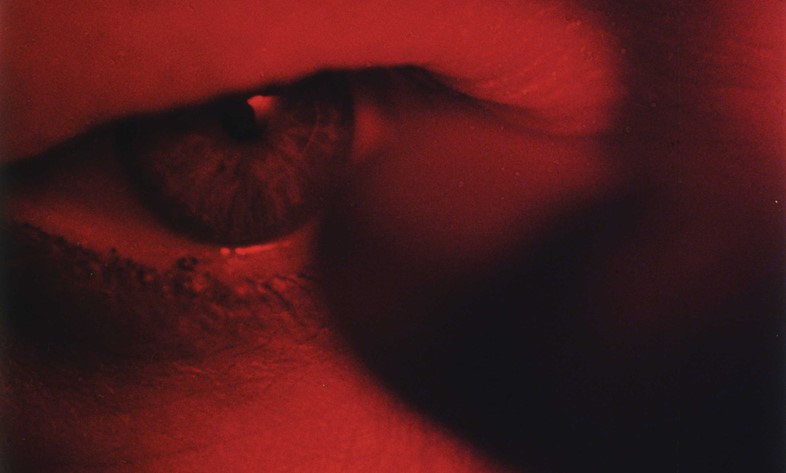
Like some of McQueen’s earlier work, spontaneity is at play in “Charlotte” – a 16mm film projection which shows British actress Charlotte Rampling’s eye in an extreme close up. “What was interesting is that I knew that I wanted to shoot her. I had no idea what I was going to do on that day, but I knew I wanted to shoot her,” he says.
In the five-minute, 42-second film, which is bathed in red light, we see McQueen’s finger rome around Rampling’s eye – caressing the folds of her skin and manipulating it around her eyelid to edging his finger closer and closer to Rampling’s eyeball before making contact in a moment charged with anticipation for the viewer and for McQueen, a moment he could’ve never predicted coming.
“I imagine if I had spoken to her the day before we shot and said I want to put my finger in your eye, I don’t think she would've accepted,” laughs McQueen. “I don’t think I’d even have the courage to do it. But when you’re in the moment, in a situation where you're focused, it's about what occurs on camera.”
